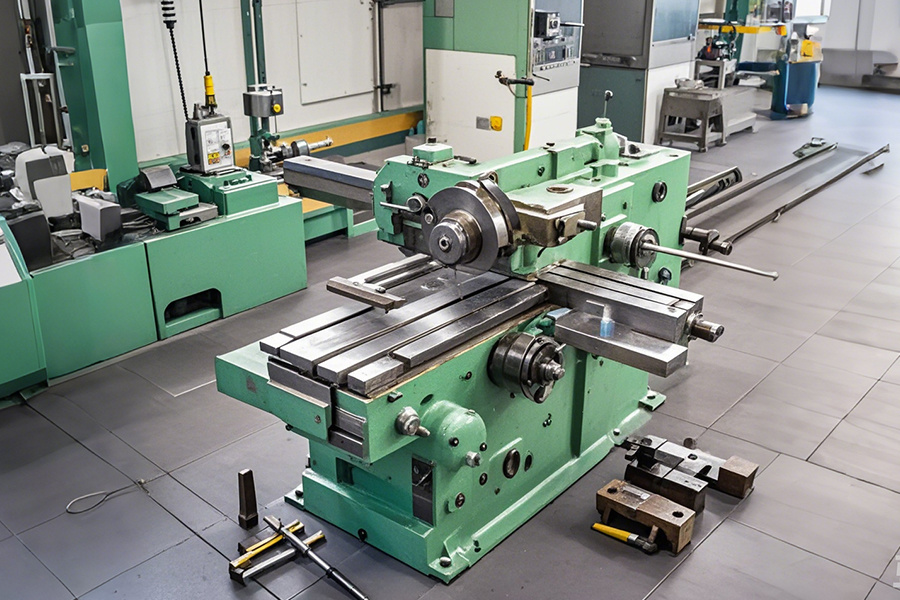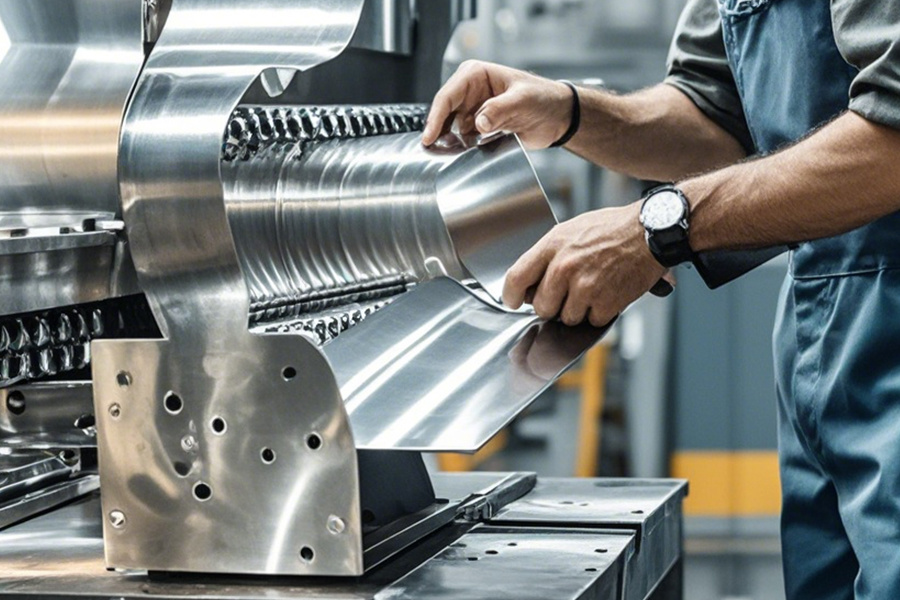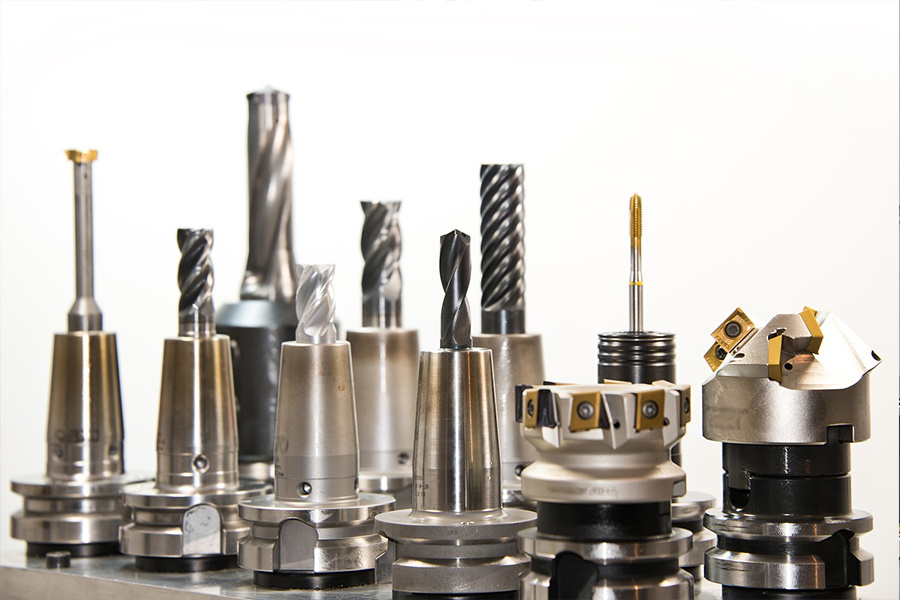Main causes of thin plate welding deformation in sheet metal production
Release time:
2024-11-20
The importance of thin plate welding in sheet metal production and the challenges of welding deformation. The causes of deformation caused by thermal stress, material performance differences, structural design and external constraints are analyzed, and corresponding solutions are proposed to provide reference for sheet metal production.
In the field of sheet metal production, thin plate welding plays a vital role. Thin plates of various materials such as stainless steel, cold plate, galvanized plate, aluminum plate, etc. can be connected into one by welding to meet different appearance size requirements and structural requirements, providing key parts and products for many industries.
However, sheet metal welding is not smooth sailing, it brings a serious defect of welding deformation. Welding deformation may cause a series of adverse consequences, ranging from dimensional deformation and poor appearance, affecting the beauty and precision of the product; to material cracking and raw material performance changes, and even causing the entire product to be scrapped, causing huge economic losses to the company.
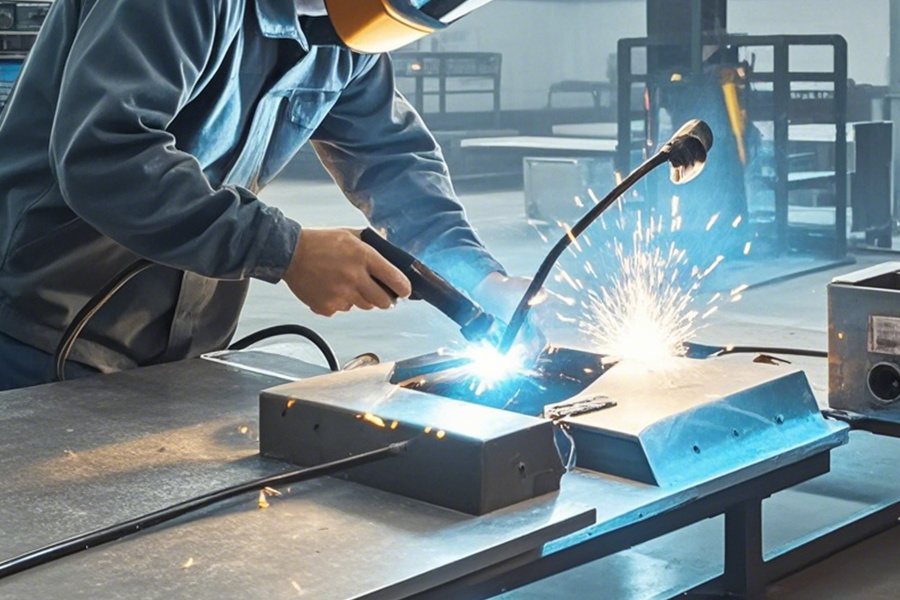
The main reason for the deformation of thin plate welding is thermal stress and strain. During the welding process, the local area will quickly heat up to a high temperature state, and the material will expand due to heat. When the welding is completed and cooled, the material will shrink again. This uneven thermal expansion and contraction phenomenon produces different stresses at different locations. For example, on both sides of a weld, the area close to the weld has a high temperature and a large expansion, while the area far away from the weld has a relatively low temperature and a small expansion. During cooling, this difference leads to the generation of stress, which in turn causes deformation. If the welded thin plate area is large or there are more welds, the cumulative effect of this thermal stress will be more obvious and the deformation will be more serious.
Differences in material properties are also an important factor leading to deformation. Different materials have different thermal expansion coefficients and strengths. For example, there is a big difference in the thermal expansion coefficients of stainless steel and aluminum plates. During the welding process, materials with large thermal expansion coefficients expand more when heated and shrink more violently when cooled. These different deformation degrees and directions will affect each other, increasing the complexity of deformation. In addition, the strength of the material will also affect the deformation. Materials with lower strength are more likely to deform under welding stress.
Structural design also has a key influence on welding deformation. Complex structural design often means more welds and stress distribution in different directions. If the welding sequence is unreasonable, the first welded part may constrain the later welded part, resulting in stress concentration. For example, in a closed box structure, if the surrounding side panels are welded first, and then the top and bottom panels are welded, the deformation of the side panels during welding may affect the welding quality of the top and bottom panels, increasing the overall deformation risk. Moreover, some special structural shapes, such as sharp angles and thin walls, are more likely to produce stress concentration during welding, resulting in deformation.
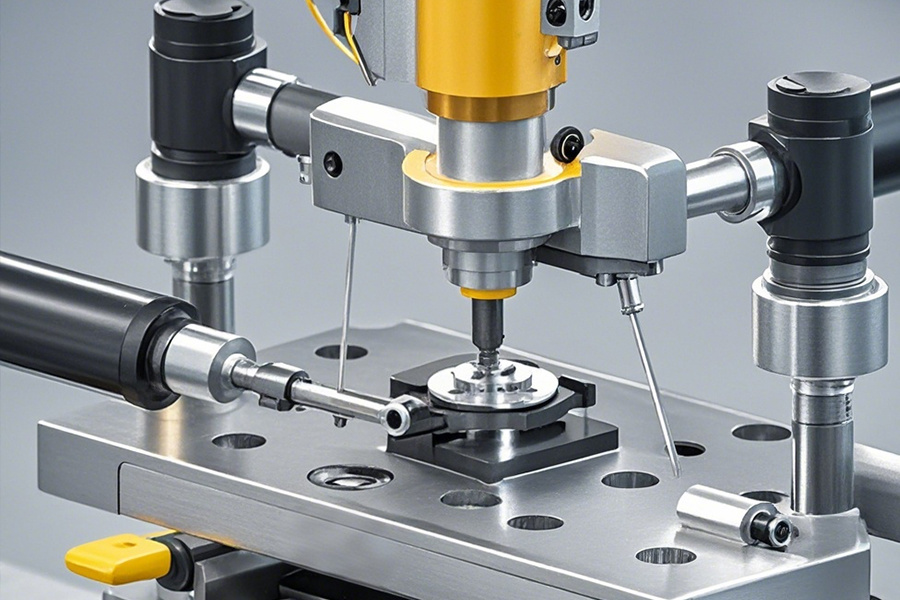
External constraints should not be ignored either. Clamps and supports play a role in fixing and positioning during welding, but if they are not set properly, they will affect the freedom of the material during welding and cause deformation. If the clamp is too tight, it will limit the natural shrinkage of the material during welding, resulting in increased stress; if the clamp is too loose, it will not be able to effectively control the welding deformation. In addition, the position and number of supports also need to be reasonably selected to ensure that the thin plate can maintain a stable shape during welding.
In order to deal with the problem of thin plate welding deformation, sheet metal manufacturers need to take a series of measures. In the design stage, optimize the structural design, arrange the welding sequence reasonably, and reduce stress concentration. During the welding process, control welding parameters such as welding current, voltage, speed, etc. to reduce heat input and reduce thermal stress. At the same time, select appropriate clamps and supports to ensure that the thin plate can be fixed without excessively restricting the shrinkage of the material. In addition, some advanced welding technologies and processes, such as laser welding and stir friction welding, can also be used. These technologies can reduce heat input and reduce the risk of deformation.
Thin plate welding plays an important role in sheet metal production, but also faces the challenge of deformation. Only by deeply understanding the causes of deformation and taking effective measures to prevent and control it can the quality and performance of sheet metal products be ensured.
Key Words




